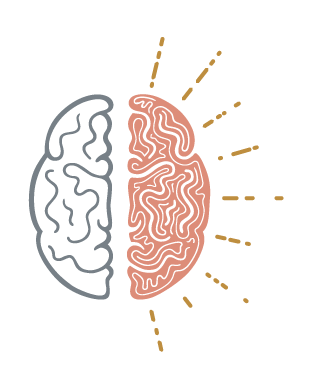The Value of Humanity in the Age of AI
A sample of ephemera we’ve collected for inspiration across the globe.
As creatives, our careers have been shaped by the acquisition of not only tangible skills (photography, graphic design, copywriting, etc.), but also by the gradual evolution of a personal perspective on what works, what doesn’t and why it matters. The importance of this earned experience—what might be simply described as “good taste”—in light of recent AI advancements was recently explored in Fast Company. To highlight one excerpt from writer and designer Elliot Vredenburg:
“We’re moving into an era where synthesis and judgment—not just execution—are the creative differentiators. AI will continue to evolve, and yes—it will replace certain tasks and even entire roles. But it won’t replace curiosity. It won’t replace intuition. And it won’t replace the ability to decide what matters.”
As a writer, I can share that the primary way I have used AI is to break out of a rut—often using its overly literal (or downright bad) ideas as a jumping off point for more focused, nuanced work. But as ChatGPT’s reliability has improved, I have increasingly used it to help expedite historical or market research—a transformative change in my approach to tasks like naming or brand positioning. Of course, as my familiarity with the program and ability to provide feedback has improved, so has the quality of the results it provides—but I have yet to feel “threatened” by its creative output.
By choosing to play around with AI—rather than avoid it out of fear or ignorance—what I have learned is that it’s nearly impossible to provide the full context of my 15+ years of experience in the world of marketing, branding and communications. While there are many things that AI will eventually be able to provide as a super-caffeinated, all-knowing creative partner, what it ultimately cannot do is the inherently human work of investigating and catering to the needs and preferences of an individual client.
In fact, even before AI became commonplace, I would argue that the true value of a designer, writer or brand strategist’s experience would be their emotional and social intelligence—and specifically, the ability to pose meaningful questions, dig deeper, derive meaning and narrow the focus of a project to clearly convey a compelling idea. To return to Vredenburg’s article:
“The more a designer’s value is bound to personal taste, knowledge of context, and aesthetic judgment, the more durable it becomes.”
Context + inspiration found in our personal library of art books and publications.
So what exactly does this mean for clients who work with freelancers and agencies?
First—to not assume that you can simply “hire” ChatGPT to do the majority of your branding or marketing work. A skilled navigator of the platform can certainly get a passable result, but the questions of context and relevance are still best answered by a human service provider.
Second—to not be suspicious of those who use these tools to bolster their creative output. Ignorance may be bliss, but a purist philosophy will cause many professionals in our category to fall behind in their ability to innovate. The best results are most likely to come from skilled creatives who know how to leverage technology to their advantage—rather than posing a false dichotomy of only working with humans or only relying on AI.
To close, again, in the words of Vredenburg:
“AI can absolutely help translate complex ideas into accessible ones. But it’s the designer who chooses which ideas to bring forward, how to apply them, and why they matter in a given moment. That’s not just a function of intelligence—it’s a function of intuition, authorship, and taste.”



